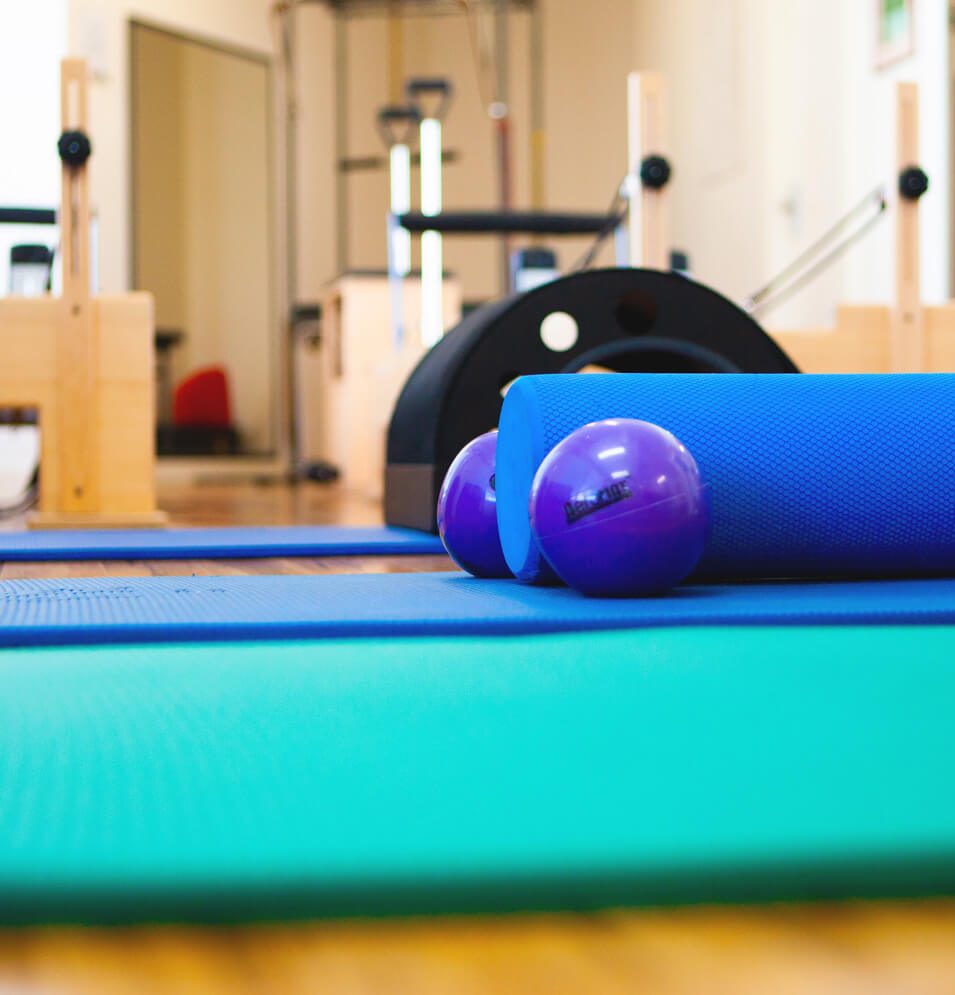Tendons are the body tissues that connect muscle bellies to our bones.
The Achilles tendon is the rope-like structure running from the calf muscle in the back of your leg down to the heel bone.
A healthy Achilles tendon may be nearly as strong as a steel cable, coping with tremendous forces from the action of your calf muscle.
Your calf muscle is made up of three muscle bellies (medial and lateral gastrocnemius and soleus).
All three muscle bellies connect to the Achilles tendon.
What is Achilles tendinosis?
It seems most pain arising from the Achilles tendon is due to degenerative changes, or wear and tear, within the tendon itself.
There may be some inflammation present but not as much as we used to think (when the condition was called Achilles tendonitis).
How do you get Achilles tendinosis?
Usually the cause is overuse over a period of time.
Overuse means there has been too much force repetitively going through the tendon but doesn’t necessarily mean you have be overtraining or on your feet too much.
For example, there may have been too much force going through part of your Achilles tendon because you have flat feet or have developed a stiff ankle.
Then again, it may be from trying to walk or run too far without an adequately graduated build up.
How do you overcome Achilles tendinosis?
This can be a very frustrating injury as tendons don’t receive as much blood as some of our other body tissues and are therefore slower to heal.
Rest will probably allow the pain to settle but once you increase your activity level again the symptoms are likely to return.
The balance between maintaining exercise but not reaggravating the condition is the key to your rehabilitation.
The best results are gained by acting quickly to sort out the underlying cause of the problem, e.g. overtraining/flat feet/stiffness/inappropriate shoes, etc.
Your biomechanics (the way your body parts move) need to be carefully assessed.
Treatment may consist of specific stretches and very specific eccentric strengthening programmes that are closely supervised by your physiotherapist.
When do you see someone for help?
Your Lifecare practitioner will be able to provide an accurate diagnosis and an appropriate management plan.
Often this problem can require a sports medicine doctor, physiotherapist, and/or podiatrist to assist.
For more information see your local Lifecare practitioner.
Click here to find your closest Lifecare clinic.

